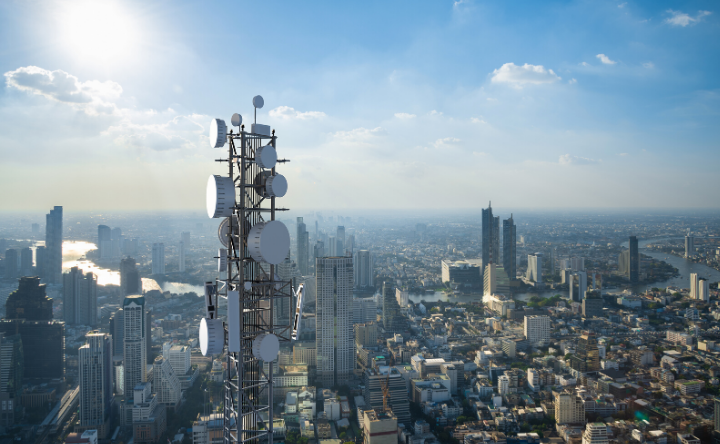The fifth generation of telecommunication technology is set to become one of the most important tools in leading development and connectivity worldwide.
With seemingly omnipotent speeds, high-capacity streaming, and increased stability, 5G has many potential benefits for enterprise businesses.
However, it’s not as simple as switching over operations and reaping the rewards. There are some substantial hurdles to overcome before enterprise organizations can experience widespread adoption of 5G.
As with any incipient technology, enterprises will need to carefully consider the risks of early 5G adoption to avoid jeopardizing their current telecoms projects and infrastructure.
Now more than ever, the need for effective telecom expense management (TEM) services is imperative, to better manage your budget, improve visibility across your infrastructure, and maintain vital cost controls.
With this in mind, here are the most important things to consider before prioritizing 5G investment.
Cost of Infrastructure
At present, 5G still requires considerable infrastructure investments from operators.
A study by Deloitte found that U.S operators will need to invest between $130 to $150 billion in additional fiber-optic cables to meet the projected network connectivity demands. This is a substantial investment in basic infrastructure, and although costs will eventually lower, the initial expense is high.
Plus, with the recent advent of COVID-19 having a detrimental impact on the progression of 5G infrastructure, it’s predicted that 5G won’t hit mass adoption until 2025. And while new infrastructure is still undergoing construction around-the-clock, it will take a few years to reach the capacity required for the cost-saving benefits 5G promises.
This means it could be a long time to wait for the highest returns on your investment, so bear this in mind before prioritizing 5G.
Current Project Timelines
If your enterprise has any outstanding projects that are still in progress, it's important not to lose sight of their importance. While many will jump at the chance to be the first to offer consistent 5G service, this shouldn't come at the cost of your current offering.
For enterprises that currently have ample operational requirements to satisfy 4G, it's worth holding off until your current IT contracts and projects are fully-completed. New 5G projects will require a significant investment in 5G infrastructure, even if you choose an approach that builds on your existing 4G network. Yet 5G adoption rates are still uncertain, so your business may spend more, with no profit or cost-saving guarantees.
It's essential to work with your TEM vendor to determine the best course of action and see if the necessary upgrades fall within your current fiscal budget.
Consumer Demand
Currently, 5G is in its infancy and the cost of compatible devices is still extremely high for the typical consumer.
Many consumers are still indifferent to the roll-out of the telecommunications technology, and are content with their current handsets, at least for now. For a lot of consumers, the excitement for the new network will only come once it’s become well-established and its benefits are immediately tangible.
For organizations with a large number of devices, the cost of switching over to 5G will be substantial. Demand for 5G is growing at a considerable rate, but it will take a few more years before a complete transition is necessary.
The Move from 4G to 5G
The shift from 4G to 5G is one that will bring an eclectic mix of benefits, but before these can be fully realized it's important to consider whether the move is right for your enterprise.
With the current market environment as fragile as ever, the need to focus on your ability to execute effective telecom service is essential to succeed in these challenging times. And although transitioning to 5G is inevitable, rushing to market may do more harm than good.
Enterprise organizations should champion their abilities to deliver a great level of service using current capabilities. Before making the leap to new technology, focus on maintaining an efficient telecom infrastructure that can exceed expectations using today's technology so you continue to provide a great level of service for customers.
Topics: TEM


